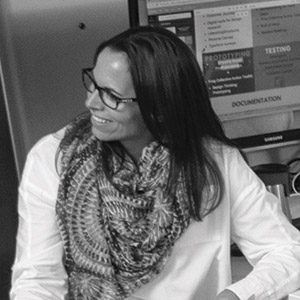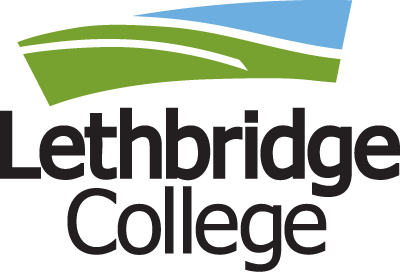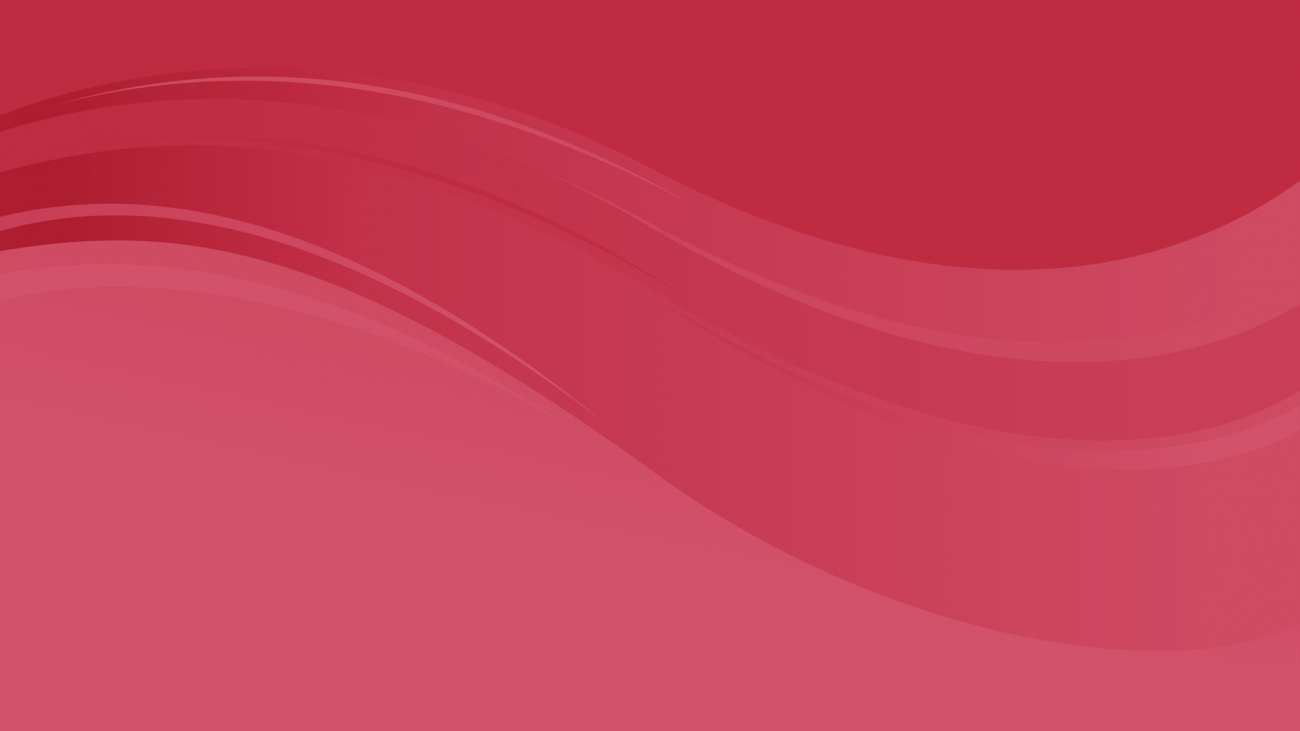Imagine if a learner was a learner at Lethbridge College, and all students, staff and faculty had equal access to interdisciplinary learning opportunities…all the time. This is an idea that can happen thanks to Learning Experience Design.
Why is this an important idea to consider?
Learning isn’t only about delivering content. It is about how we experience, process, reflect and contribute to fulfilling outcomes and become competent in something. At its core, the learning journey should be enjoyable, engaging, relevant, informative and tangible.
Lethbridge College, much like most other post-secondary institutions, is under significant pressure to build on learner success within the context of transition. This means establishing and implementing breakthrough teaching and learning models, innovative and collaborative learning partnerships, and creative uses of technology, all while respecting increased accountability and the need for a return on stakeholder investment. In our various roles at the college, we are obliged to do as much as possible to improve what we have while simultaneously building the conditions for new possibilities and solutions to emerge. We have a variety of thoughtful plans to guide us in this work. They provide the necessary frameworks for programs to build on existing research, knowledge and practice while creating a foundation for new course models, innovative learning space designs and assessments of academic progress while enhancing individual strengths and capabilities through the development of our faculty, staff and students.
That all sounds great. But how do you actually pull it off? How do you move from plans to action?
Fortunately, we don’t need to look far to find the answers. As learning experience designers, we work with most departments at the college and get to see incredible examples of teaching and learning happening every day across our campus, and not just the kind of learning you see in a classroom (although there are many great examples of that too!). All you have to do is look behind walls and over cubicles to see students, staff and faculty creating and nurturing a culture of learning within their discipline areas. They are already successfully operationalizing certain aspects of our current vision of leading and transforming education in Alberta. All across campus, you can see a full spectrum of students, faculty and staff learning and sharing knowledge and developing new skills. So in many ways, this is already happening!
Unfortunately, all too often it is occurring behind closed doors. I often wonder, what would happen if we exposed it all – if we truly removed the barriers and deliberately took down the silos, opening the door to more interdisciplinary opportunities? What if we responded to existing policy, strategic plans and our provincial mandate by making those who are already doing great things more visible? What if we identified everyone as a learner and endorsed a mindset that fosters experimentation, encourages new ways of thinking and, most importantly, translates plans into action? What would this look like?
One aspect of learning experience design is putting theory into practice. Can you give an example of how that can happen on campus?
To get a glimpse of some of these creative learning space designs that already exist on campus, as well as to see students putting theory into practice, just look into the Early Childhood Education lab. The classroom there transforms day after day to meet the needs of the students and different children who attend each week.
One day it will be set up as a traditional classroom for students to learn the theory of their discipline. On another day, that space is transformed into an Infant Observation Lab. The environmental design for the infant class is completely different and must be very sensitive to the infants’ unique stage of development. Exposure to infant, play-based curriculum is very limited, so the ability to create it in the lab is a rare opportunity for students to observe, record and understand concepts related to infant early learning and care.
And during the same week, that same classroom can be converted again for the Parent Preschool Program, which serves as a practicum site for students. With the instructors’ ability to flex this space, the students, with their practicum instructor and the children, have the opportunity to co-construct their practicum experience. They literally build the curriculum in the lab, which creates exceptional experiential learning.
In all three formations, the physical environment sends a big message to those who are in it about how they should feel and interact with each other, the furniture and the space.
What if this was what learning looked like across campus?
Imagine a place that provided transparent out-of-the-box professional development experiences and new learning technologies – a place that was designed for executing innovative work and openly sharing scholarly activity – a place that would inspire all people to cultivate and participate in interdisciplinary peer networks all the time. What if this type of learning design was not only contained in our classrooms and libraries? What if it spilled into our hallways, meeting rooms, offices and outdoor spaces?
Imagine an incubator for transformative teaching practices – a place that fosters teaching and learning excellence by providing a safe and supportive environment to experiment with breakthrough teaching and learning models, participate in innovative partnerships and contribute to institutional strategic transformation. Imagine all of this, which comes with the long-term benefit of informing institutional practices, improving retention and strengthening our reputation within the community and beyond.
Imagine if there were more opportunities to create internal partnerships between programs and departments. These partnerships could create capacity for higher-quality multidisciplinary programming, more meaningful consultation, more efficiencies in our services and provide more opportunities to work closely with a broader range of educators, learners, entrepreneurs, researchers and other multi-disciplinary groups to tackle complex sets of challenges while designing, developing and implementing high-quality and engaging learning opportunities for the future.
Imagine if by adopting a curious mindset for what others are doing (and perhaps not doing), we could influence how we think about and deliver education and spark innovative thinking and the ideas that shape our world. Imagine if…

Jaclyn Doherty is the manager of Curriculum Development and Renewal in the Centre for Teaching, Learning and Innovation at Lethbridge College. In that role, she collaborates with program chairs, deans, faculty and community partners to design and develop programs and teaching and learning initiatives.
Doherty has a broad and interdisciplinary academic background in educational and strategic leadership, curriculum development, technology and art as well as extensive educational development experience. She has a strong interest in design research, leading with positive change, people development and facilitation. Doherty earned a B.A./B.Ed. in Education and Technology at the University of Lethbridge and a Master’s degree in Educational Research, with a special focus in educational technology, from the University of Calgary.



